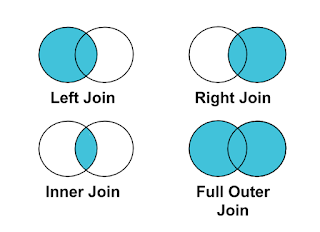Wrong Totals in Power BI
Yes, you heard it right Power BI still hasn't figured out how to show the correct totals. One of the most common questions in the Power BI community is related to it. So, let's figure out what can you do to correct your totals.
I am using Sample Superstore data to start getting rid of the implicit measures that have already been created. I am creating a matrix with categories and sub-categories. Let's include the total sales, total profit, and the total number of orders received (if you are wondering how these measures are created then it's just the sum of sales, profit, and distinct count of order ID respectively).
Protip- One of the best practices involves creating a separate table for measures (stand-alone table). In this case, we only have 5 measures but what if you have 70-80 measures all in the fact table.
With the new measure, you are creating an iterated sum on the level of the subgroup. 1764 in the furniture category shows the distinct count of order IDs and there can be two products in a category with the same order id. Thus, 1764 only shows the distinct order ID associated with a sub-category which is correct while on the other hand, 1984 can include the multiple order ID (can show wrong results).
If you are using the above method be cautious about the level you want to sum. Another method is not so common but you can create calculated columns(follow the link to learn more about calculated columns). This is something a BI developer doesn't prefer because calculated columns can come up with their own disadvantages.
Thanks for Reading Let's connect on LinkedIn. For more such blogs and pro tips do follow us







Comments
Post a Comment